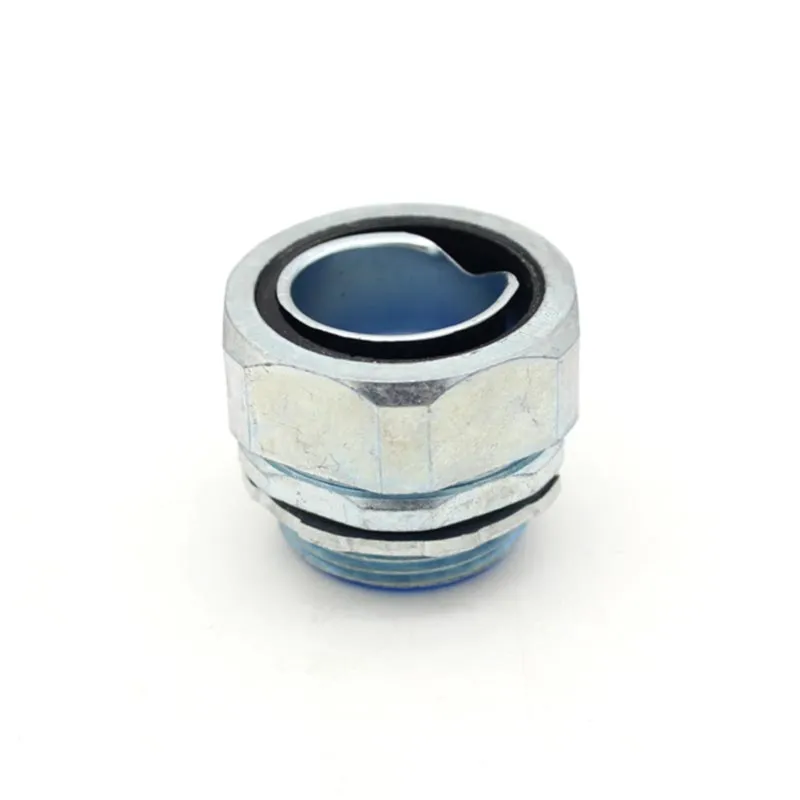How to Choose the Right Waterproof Cable Gland for Your Project
2024-08-27
Waterproof cable glands are essential for protecting electrical connections in harsh environments, but with so many options available, choosing the right one can be challenging. In this blog, we'll guide you through the key factors to consider when selecting waterproof cable glands for your projects, ensuring you get the best performance and protection.

Factors to Consider When Choosing Waterproof Cable Glands
1. Material: The material of the cable gland is crucial, as it determines the gland's durability, resistance to environmental factors, and suitability for specific applications. Common materials include:
- Nylon/Plastic: Lightweight and cost-effective, nylon cable glands are suitable for general-purpose applications where resistance to chemicals and UV radiation is needed. They are often used in outdoor and industrial settings.
- Brass: Brass cable glands offer excellent durability, corrosion resistance, and mechanical strength. They are ideal for heavy-duty applications and environments with exposure to chemicals or extreme temperatures.
- Stainless Steel: For maximum corrosion resistance and strength, stainless steel cable glands are the best choice. They are commonly used in marine, offshore, and food processing industries.
- Aluminum: Lightweight and resistant to corrosion, aluminum cable glands are used in applications where weight is a concern, such as in aerospace and automotive industries.
2. IP Rating: The Ingress Protection (IP) rating indicates the level of protection a cable gland provides against solids (like dust) and liquids (like water). For waterproof applications, look for a cable gland with a high IP rating, such as IP66, IP67, or IP68. These ratings ensure the gland can withstand water jets, immersion, or even prolonged submersion.
3. Cable Size and Type: It's essential to choose a cable gland that fits the specific size and type of cable you are using. The gland should accommodate the outer diameter of the cable while providing a secure seal. Check the manufacturer's specifications to ensure compatibility.
4. Thread Type and Size: Cable glands come with different thread types, such as metric, PG, and NPT. Ensure that the thread type and size of the cable gland match the equipment or enclosure you are connecting to. This ensures a proper fit and seal.
5. Temperature Range: Consider the operating temperature range of the cable gland, especially if it will be used in extreme temperature conditions. Choose a gland that can withstand the minimum and maximum temperatures it will be exposed to.
6. Chemical Resistance: In environments where exposure to chemicals, oils, or solvents is likely, select a cable gland made from materials that offer high chemical resistance. This prevents degradation and ensures long-term reliability.
Types of Waterproof Cable Glands
1. Standard Waterproof Cable Glands: These are general-purpose cable glands designed for typical applications where moisture and dust protection are required. They are available in various materials and sizes to suit different needs.
2. EMC Cable Glands: Electromagnetic compatibility (EMC) cable glands are designed to provide both waterproof sealing and electromagnetic interference (EMI) shielding. They are used in applications where EMI protection is essential, such as in communication and electronic equipment.
3. Ex-Proof Cable Glands: Explosion-proof or Ex-proof cable glands are used in hazardous environments where flammable gases, vapors, or dust are present. These glands are designed to contain any sparks or flames that may occur, preventing explosions.
4. Armored Cable Glands: For cables with an armored layer, such as in industrial and outdoor applications, armored cable glands provide a secure seal and strain relief while accommodating the armored layer.
Applications of Waterproof Cable Glands
1. Renewable Energy: In solar power systems and wind turbines, waterproof cable glands protect cables and connections from the elements, ensuring efficient and reliable power generation.
2. Automotive and Transportation: Waterproof cable glands are used in vehicles, trains, and other transportation systems to protect electrical connections from moisture, dust, and vibration.
3. Building and Construction: In building automation and security systems, waterproof cable glands protect wiring and connections in outdoor and exposed locations.
4. Industrial Machinery: Industrial machinery and equipment often operate in harsh environments. Waterproof cable glands provide the necessary protection for electrical connections, ensuring safety and reliability.
5. Marine and Offshore: Waterproof cable glands are essential in marine and offshore applications, where exposure to saltwater, humidity, and harsh conditions is common.
Conclusion
Choosing the right waterproof cable gland is crucial for ensuring the protection and reliability of your electrical connections. By considering factors such as material, IP rating, cable size, and environmental conditions, you can select a cable gland that meets your specific needs. Whether you're working in renewable energy, industrial machinery, or marine applications, waterproof cable glands provide the essential protection needed to keep your systems safe and operational.


